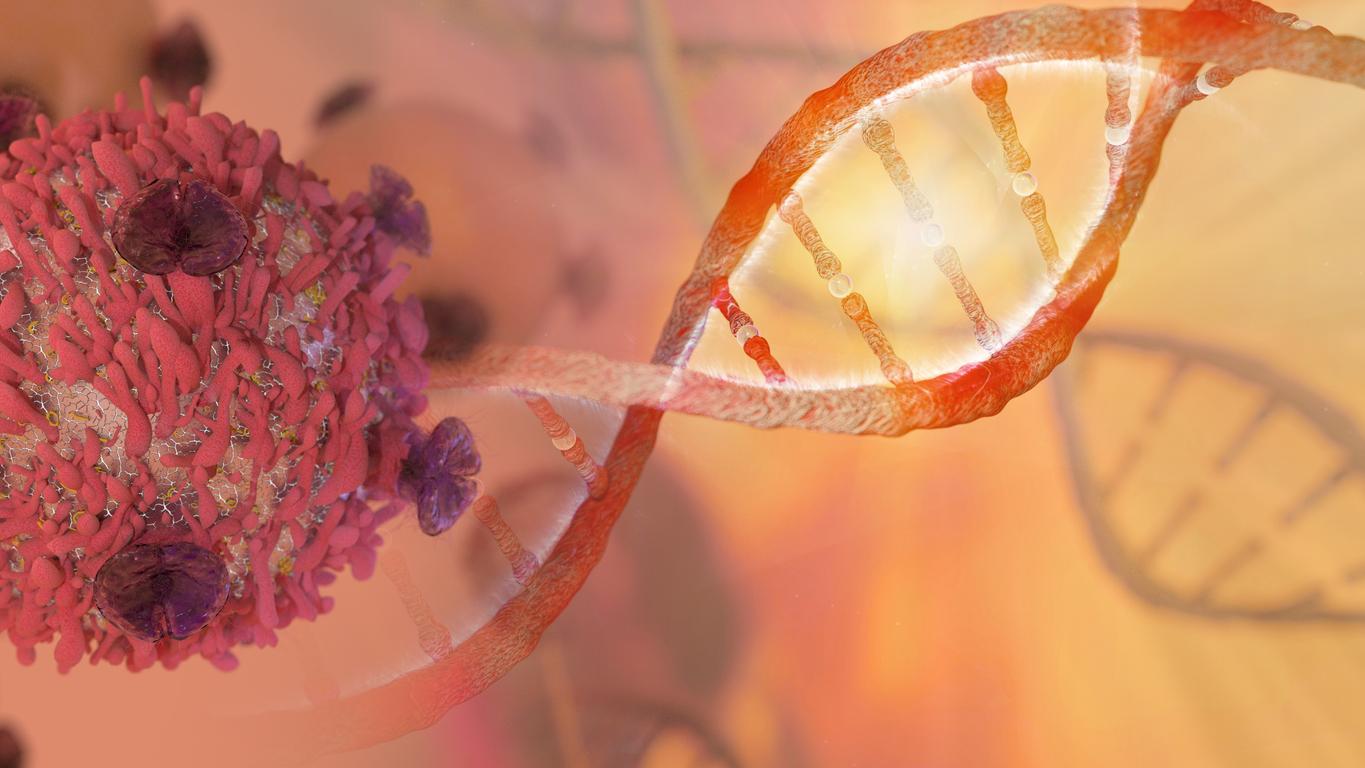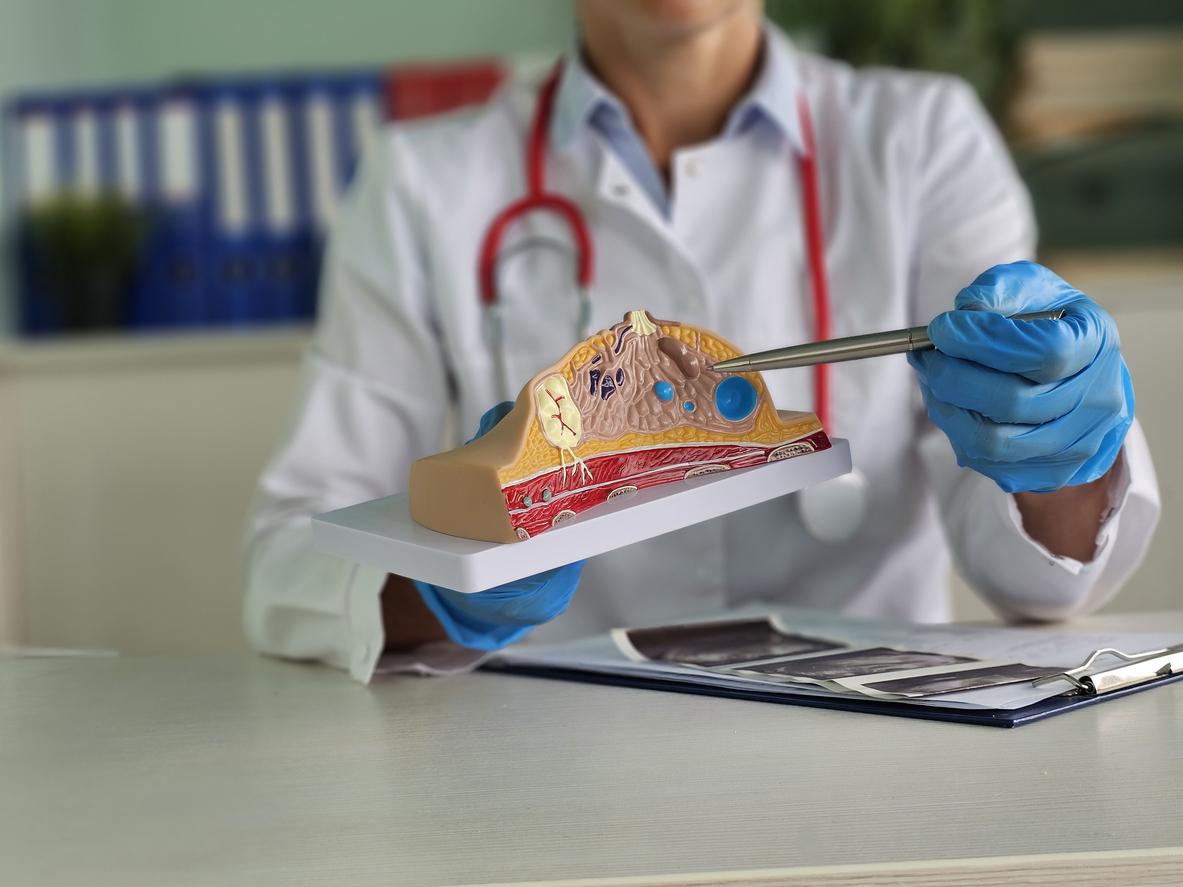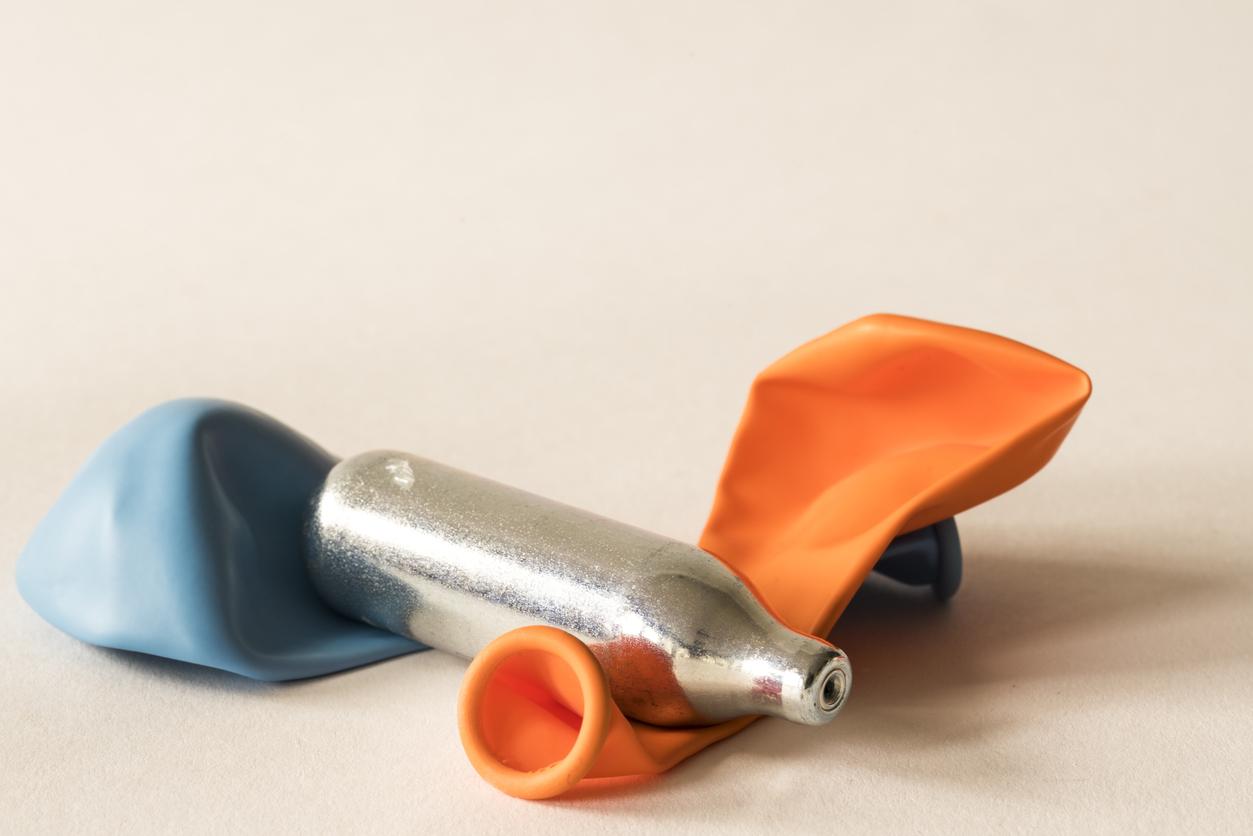Every year, pancreatic cancer kills 300,000 people worldwide. Since 1980, the incidence of this cancer has climbed by 248% worldwide, according to Learned Society of Diseases and Cancers of the Digestive System (SNFGE). And the death rate, too, is increasing every year (+ 1.2% per year for women, for example). And for good reason, asymptomatic until an advanced stage, it is very difficult to treat. But researchers may have found new chemotherapy to achieve it at this point, according to the British Journal of Surgery.
Injected directly into the tumor
After having been clinically tested in phase 1 and 2, this new treatment is showing encouraging results. These are two types of injections: paclitaxel directly into the abdomen (which helps to reach tumors more effectively and limits overall toxicity), and a mixture of gemcitabine and nab-paclitaxel in the abdomen. blood. Paclitaxel is often used to fight against breast and ovarian carcinoma.
Out of 46 patients to whom it was administered at a 4-week interval, the one-year survival rate rose to 60.9%. For comparison, currently, in France, the survival of patients (5 years after cancer) is estimated at 5% and can rise to 20% if the entire tumor is extracted, underlines the SNFGE.
After these two-phase tests, the treatment will move to phase 3, in particular to be compared to current chemotherapy from the point of view of patient survival.
Read also:
- Chronic pancreatitis: what is this disease?
- Pancreatic cancer: a new treatment for the genetic form of the disease


















